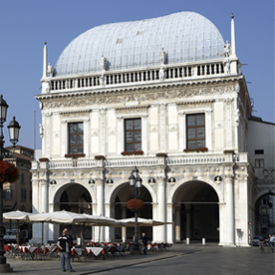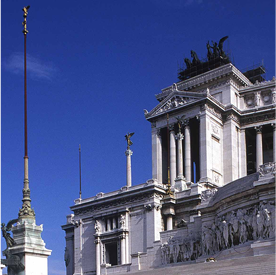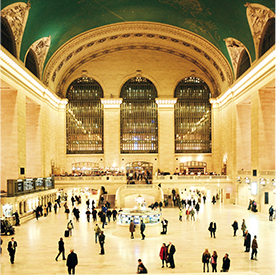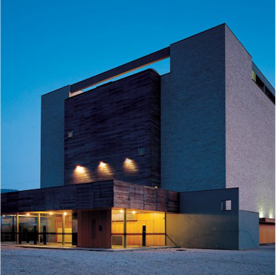THE CONSORTIUM OF
BOTTICINO CLASSICO MARBLE PRODUCERS
Guaranteed quality and innovation
Founded in 1987, the Consortium of Botticino Classico Marble Producers associates the leading local Producers, qualifying itself as the main promoter of the culture and quality of Botticino Classico Marble in the world.
The stone industry represented by the Consortium is today made up of 5 leading companies in the production of Botticino Classico, able to sell from the raw material to the finished product, processed on site according to quality standards monitored by the consortium members themselves.
Focusing on the greater value of the marble quarried and worked in its area of origin, the Consortium has played a vital role in promoting awareness of Botticino Classico and its exports throughout the world, from the US, South America and the Middle East, to the Far East and South East Asia.
In the context of the global market, the area’s micro-economy is now active at Italian national level in the development and promotion of Italian made products throughout the world. To this end, provincial regulations and regional legislation have been introduced to protect the area and as a result Botticino Classico is now the subject of research at many Italian universities.




